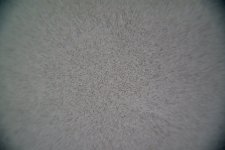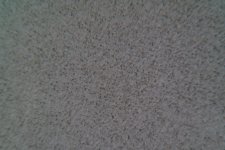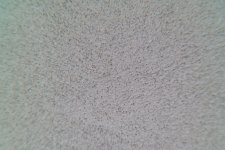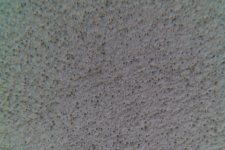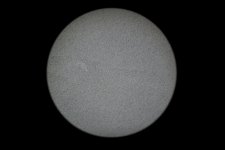Hi Guys,
after i tried to make pictures with a cheap 500mm lense and a 500mm Mirror lens which are resulting in poor quality i decided to use a scope. A Swaro or Kowa is a bit to expensive, so i bought a Celestron Regal M2 80. The 20-60X EP comes with a adapter ring for T2 thread.
Now I connected my Samsung NX300 with a NX-T2 adapter direct to the scope. Yes, I can focus, but only the center of the image is sharp. If I zoom in it's looking a bit better. As next step I mounted a 15mm T2 between to bring the sensor more away from the eyepiece. With that I'm "looking" more only to the sharp part of the picture, but the field of view is getting small. The picture quality seems also not to be the best.
So my question: is it better to use the camera with an objective or is the direct connection without also good?
If an obejctive would be helpful makes it sense to try the 16-50mm small lense (150EUR) which is relative new on the market? My try with the old kit-objectives (18-55 and 50-200mm) has shown that i cannot close enough to see the full picture. Or should I better invest the 150EUR for a small digicam instead of the objective where I not know if its working?
Would be nice to get some answers here.
after i tried to make pictures with a cheap 500mm lense and a 500mm Mirror lens which are resulting in poor quality i decided to use a scope. A Swaro or Kowa is a bit to expensive, so i bought a Celestron Regal M2 80. The 20-60X EP comes with a adapter ring for T2 thread.
Now I connected my Samsung NX300 with a NX-T2 adapter direct to the scope. Yes, I can focus, but only the center of the image is sharp. If I zoom in it's looking a bit better. As next step I mounted a 15mm T2 between to bring the sensor more away from the eyepiece. With that I'm "looking" more only to the sharp part of the picture, but the field of view is getting small. The picture quality seems also not to be the best.
So my question: is it better to use the camera with an objective or is the direct connection without also good?
If an obejctive would be helpful makes it sense to try the 16-50mm small lense (150EUR) which is relative new on the market? My try with the old kit-objectives (18-55 and 50-200mm) has shown that i cannot close enough to see the full picture. Or should I better invest the 150EUR for a small digicam instead of the objective where I not know if its working?
Would be nice to get some answers here.




